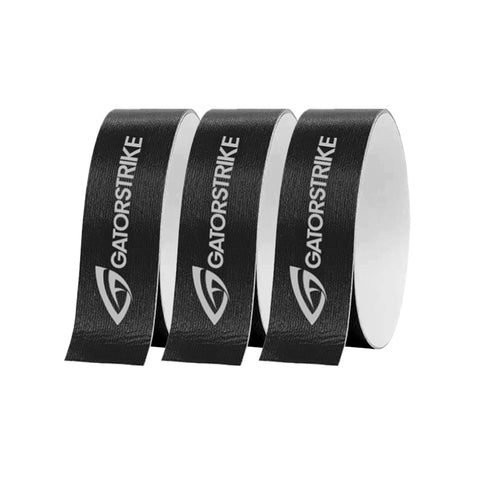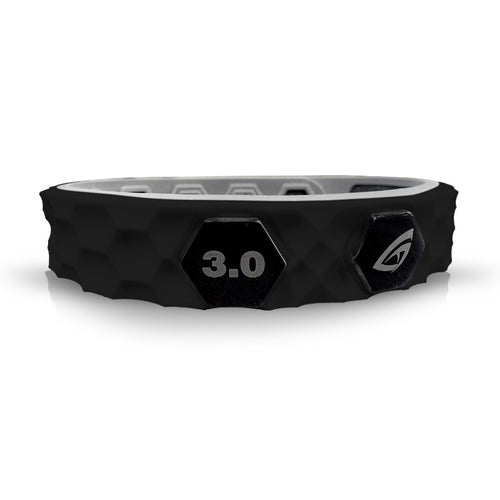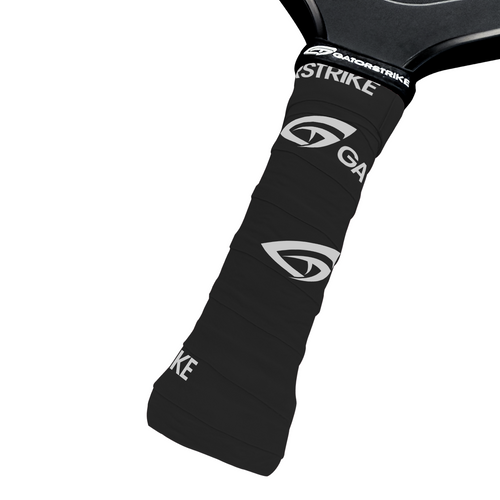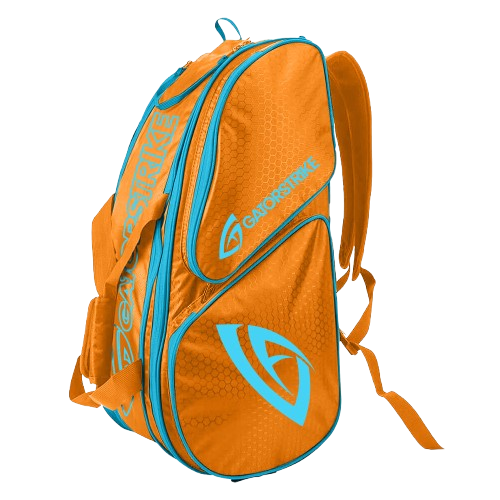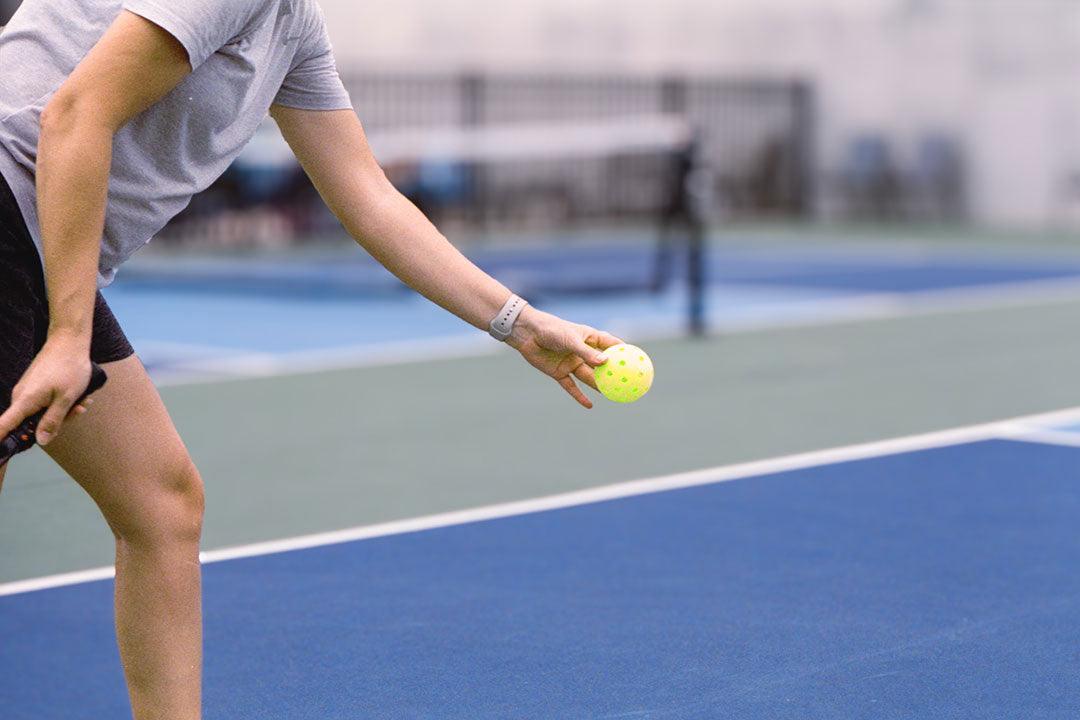
Top Pickleball Strategies to Win Every Match
Share
Introduction
Pickleball, a sport that blends elements of tennis, badminton, and table tennis, has rapidly gained popularity due to its accessibility and strategic depth. While the rules are straightforward, mastering the game requires more than just basic skills. Winning consistently hinges on a combination of strategic foresight, physical conditioning, and mental resilience. This article explores the top strategies that can elevate your pickleball game, providing you with the tools needed to outmaneuver any opponent.
Mastering the Fundamentals
Understanding Court Positioning
Court positioning is the cornerstone of any successful pickleball strategy. By mastering your position on the court, you can control the tempo of the game and force your opponent into difficult situations. The ideal position is near the net, where you can quickly respond to volleys and intercept passing shots. However, transitioning to this position requires careful timing—rush too quickly, and you risk leaving yourself exposed to a well-placed lob. A balanced approach, where you gradually move forward as the rally progresses, allows you to maintain control while minimizing your opponent’s options.
The Significance of a Strong Serve
The serve is your first opportunity to assert control over the game. A strong, well-placed serve can immediately put your opponent on the defensive, setting the stage for a successful rally. While power is important, placement is key; aiming for the sidelines or deep in the service box can force your opponent to return from a disadvantageous position. Varying your serves—using spins, angles, and different speeds—can also keep your opponent guessing and reduce their ability to anticipate your next move. The serve is not just a formality; it is a strategic weapon that, when used effectively, can tip the balance in your favor from the very start.
Developing Offensive Tactics
The Art of the Third Shot Drop
One of the most important shots in pickleball is the third shot drop. After the serve and return, the third shot presents a critical opportunity to gain control of the net. A well-executed drop shot, which lands softly in the opponent’s non-volley zone, forces them to move forward and play a difficult, low ball. This shot neutralizes their ability to attack, allowing you to advance to the net and take a dominant position. Mastering the third shot drop requires precision, touch, and practice, but it is an invaluable tool for dictating the pace of the game and keeping your opponent on the defensive.
Utilizing the Dink to Control the Pace
The dink is a soft, controlled shot that lands in your opponent’s non-volley zone, just over the net. While it may seem like a simple shot, the dink is a powerful tactic for controlling the pace of the game and forcing your opponent into errors. By engaging in a dink rally, you can slow down the game, making it difficult for your opponent to generate power or execute aggressive shots. The key to an effective dink is placement and consistency—by varying the depth and angle of your dinks, you can create opportunities to attack while keeping your opponent off-balance. In essence, the dink is a strategic tool that allows you to maintain control of the rally and dictate the terms of engagement.
Defensive Strategies for Success
Anticipating Opponent’s Movements
Defense in pickleball is not just about reacting to your opponent’s shots; it’s about anticipating their movements and positioning yourself accordingly. By observing your opponent’s body language, footwork, and paddle angle, you can often predict where they will hit the ball and prepare your response in advance. Anticipation allows you to be proactive, rather than reactive, giving you the time and positioning needed to neutralize their attack. This approach not only improves your defensive capabilities but also puts psychological pressure on your opponent, as they realize that their shots are becoming increasingly predictable.
Effective Blocking Techniques
When facing powerful shots, such as drives or smashes, effective blocking is essential to staying in the rally. A good block absorbs the opponent’s power while redirecting the ball into a safe area of the court. The key to a successful block is a soft, controlled paddle angle and minimal movement—by letting the ball come to you and gently deflecting it, you can reduce the risk of sending it out of bounds or into your opponent’s strike zone. Practicing blocks against different types of shots will help you develop the reflexes and touch needed to handle high-pressure situations, turning defense into an opportunity to reset the point.
Advanced Net Play Techniques
Poaching: Seizing Control of the Net
Poaching is a tactic commonly used in doubles play, where one player crosses over to their partner’s side of the court to intercept a shot. This aggressive move allows you to take control of the net and apply pressure on your opponents, often catching them off-guard. Successful poaching requires excellent timing, communication with your partner, and the ability to read the opponent’s shots. By poaching at the right moment, you can dominate the net, cut off angles, and finish points quickly. However, it’s important to use this tactic selectively, as over-poaching can leave your side of the court exposed if your opponent anticipates the move.
The Power of the Volley
Volleys are a critical component of net play, allowing you to maintain control and keep your opponents on the defensive. A well-executed volley is quick, precise, and directed at a spot that forces your opponent into a difficult return. The key to powerful volleys is maintaining a stable stance, keeping your paddle up, and using short, compact strokes to direct the ball with accuracy. By practicing volleys regularly, you can develop the reflexes and confidence needed to dominate the net, making it difficult for your opponents to gain any offensive momentum.
The Mental Game: Psychological Tactics
Staying Calm Under Pressure
In high-stakes matches, the ability to stay calm under pressure can be the difference between winning and losing. Mental resilience allows you to maintain focus, make clear decisions, and execute your strategies effectively, even when the game is on the line. Techniques such as deep breathing, visualization, and positive self-talk can help you manage stress and keep your emotions in check. Remember that every player experiences pressure, but those who can control their mental state will have a significant advantage. By staying composed, you can think more clearly and execute your shots with precision, giving you the upper hand in critical moments.
Reading Your Opponent’s Strategy
Understanding your opponent’s strategy is crucial for adapting your game plan and exploiting their weaknesses. By observing their shot selection, positioning, and tendencies, you can identify patterns and predict their next move. For example, if you notice that your opponent favors cross-court shots or struggles with high balls, you can adjust your strategy accordingly. Reading your opponent’s strategy is not just about reacting to their shots; it’s about staying one step ahead and dictating the flow of the match. By continually analyzing their play, you can outmaneuver them and gain a strategic advantage.
Adapting to Different Opponents
Countering Aggressive Play
Aggressive players who rely on power and speed can be challenging to face, but with the right approach, you can neutralize their strengths. The key is to disrupt their rhythm by mixing up the pace of your shots, using dinks, lobs, and drop shots to keep them off-balance. Patience is also important—by waiting for the right moment to attack, rather than getting drawn into a fast-paced rally, you can force aggressive players to make mistakes. Additionally, positioning yourself slightly further back from the net can give you more time to react to their powerful shots, reducing their effectiveness. By staying composed and executing a varied game plan, you can counteract even the most aggressive opponents.
Exploiting Weaknesses in Opponent’s Game
Every player has weaknesses, and identifying and exploiting them is a key strategy for winning matches. Weaknesses may include a poor backhand, difficulty handling spin, or a tendency to rush the net too quickly. Once you’ve identified a weakness, tailor your strategy to target it consistently throughout the match. For example, if your opponent struggles with low shots, focus on executing drop shots and dinks to force them into uncomfortable positions. By relentlessly targeting their vulnerabilities, you can break down their game and create opportunities to win points. This strategic approach not only increases your chances of success but also forces your opponent to play outside of their comfort zone.
Communication in Doubles Play
Establishing Clear Signals with Your Partner
In doubles play, communication is essential for maintaining coordination and executing strategies effectively. Establishing clear signals with your partner—such as hand signals for poaching or switching sides—ensures that both players are on the same page during crucial moments. These signals should be simple and intuitive, allowing for quick, non-verbal communication without disrupting the flow of the game. By developing a set of signals for different scenarios, such as serving strategies or net play tactics, you and your partner can anticipate each other’s movements and respond as a cohesive unit. This level of synchronization not only improves your performance but also puts psychological pressure on your opponents, who may struggle to counter your coordinated efforts.
Synchronizing Movement and Strategy
Beyond signals, it’s important to synchronize your movement and strategy with your partner throughout the match. This involves not only moving in unison to cover the court effectively but also anticipating each other’s shots and adjusting your positioning accordingly. For example, if your partner is setting up for a cross-court shot, you should position yourself to cover the down-the-line return. Similarly, when one partner moves forward to poach, the other should shift to cover the empty space left behind. This type of dynamic movement ensures that there are no gaps in your defense and that you can maintain pressure on your opponents. Successful doubles teams operate almost as a single entity, with each player instinctively knowing where to be and what to do in any given situation.
Conditioning and Preparation
Enhancing Reflexes and Agility
Physical conditioning plays a vital role in executing pickleball strategies effectively. Reflexes and agility, in particular, are crucial for responding quickly to your opponent’s shots and maintaining control during fast-paced rallies. To enhance your reflexes, incorporate reaction drills into your training regimen, such as quick volley exchanges or shadowing your partner’s movements. Agility can be improved through lateral movement exercises, like shuttle runs or ladder drills, which help you move swiftly and efficiently across the court. By focusing on these aspects of conditioning, you’ll be better equipped to handle the demands of competitive play, allowing you to outmaneuver opponents who may lack the same level of physical preparedness.
Building Stamina for Long Matches
Stamina is another key component of successful pickleball play, particularly during long matches where fatigue can set in and affect your performance. To build stamina, incorporate cardiovascular training into your fitness routine, such as running, cycling, or swimming. Additionally, interval training—alternating between periods of high-intensity exercise and rest—can simulate the stop-and-start nature of pickleball and improve your endurance. Proper nutrition and hydration are also essential for maintaining energy levels throughout a match. By prioritizing your conditioning and preparation, you’ll be able to sustain a high level of play from start to finish, outlasting opponents who may tire as the match progresses.
Drills and Practice Routines
Precision Drills for Consistency
Practice is the cornerstone of mastery in any sport, and pickleball is no exception. To develop consistency and precision, incorporate targeted drills into your practice routine. Focus on specific aspects of your game, such as serving accuracy, drop shots, or volley control. For example, a common drill might involve serving to different spots on the court or executing a series of dinks to various locations in the non-volley zone. By repeatedly practicing these shots in a controlled environment, you’ll build muscle memory and improve your ability to execute them under pressure. Consistent drilling not only enhances your technical skills but also boosts your confidence, knowing that you can rely on your abilities during critical moments in a match.
Simulating Match Scenarios in Practice
In addition to precision drills, it’s important to simulate match scenarios during practice to prepare for the pressures of competition. This involves playing practice matches where you incorporate the strategies you’ve been working on, such as poaching at the net or executing a third shot drop. By replicating the conditions of a real match, including scoring and positioning, you can develop the mental toughness needed to perform well under pressure. Simulated matches also allow you to test and refine your strategies in a low-stakes environment, so you can approach actual competition with greater confidence and preparedness. The more you expose yourself to match-like conditions in practice, the more comfortable and effective you’ll be when it’s time to compete.
Conclusion
Winning in pickleball is not just about raw skill; it requires a thoughtful combination of strategy, mental acuity, physical conditioning, and diligent practice. By mastering the fundamentals of court positioning, developing both offensive and defensive tactics, and honing your mental game, you can gain a significant advantage over your opponents. In doubles play, clear communication and synchronized movement with your partner are essential for maintaining a cohesive and effective team strategy. Meanwhile, conditioning and practice drills ensure that you’re physically and mentally prepared for the demands of competitive play. Ultimately, success in pickleball comes down to a commitment to continuous improvement and the ability to adapt your strategies to the ever-changing dynamics of the game. With the right approach, you can elevate your pickleball game and consistently emerge victorious in every match you play.

